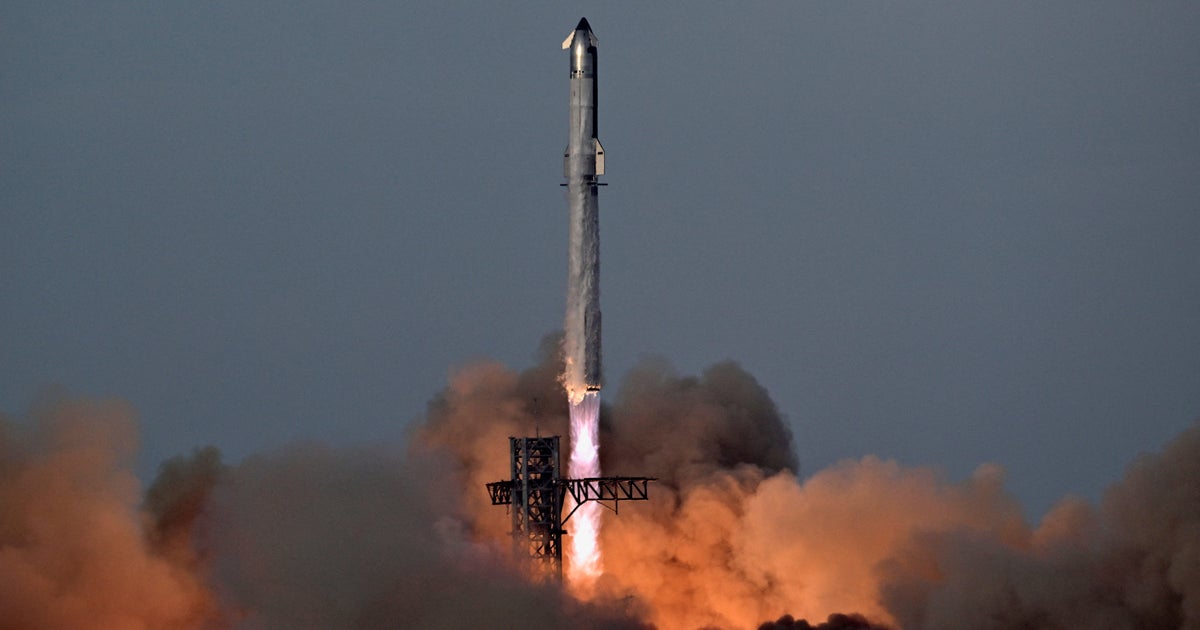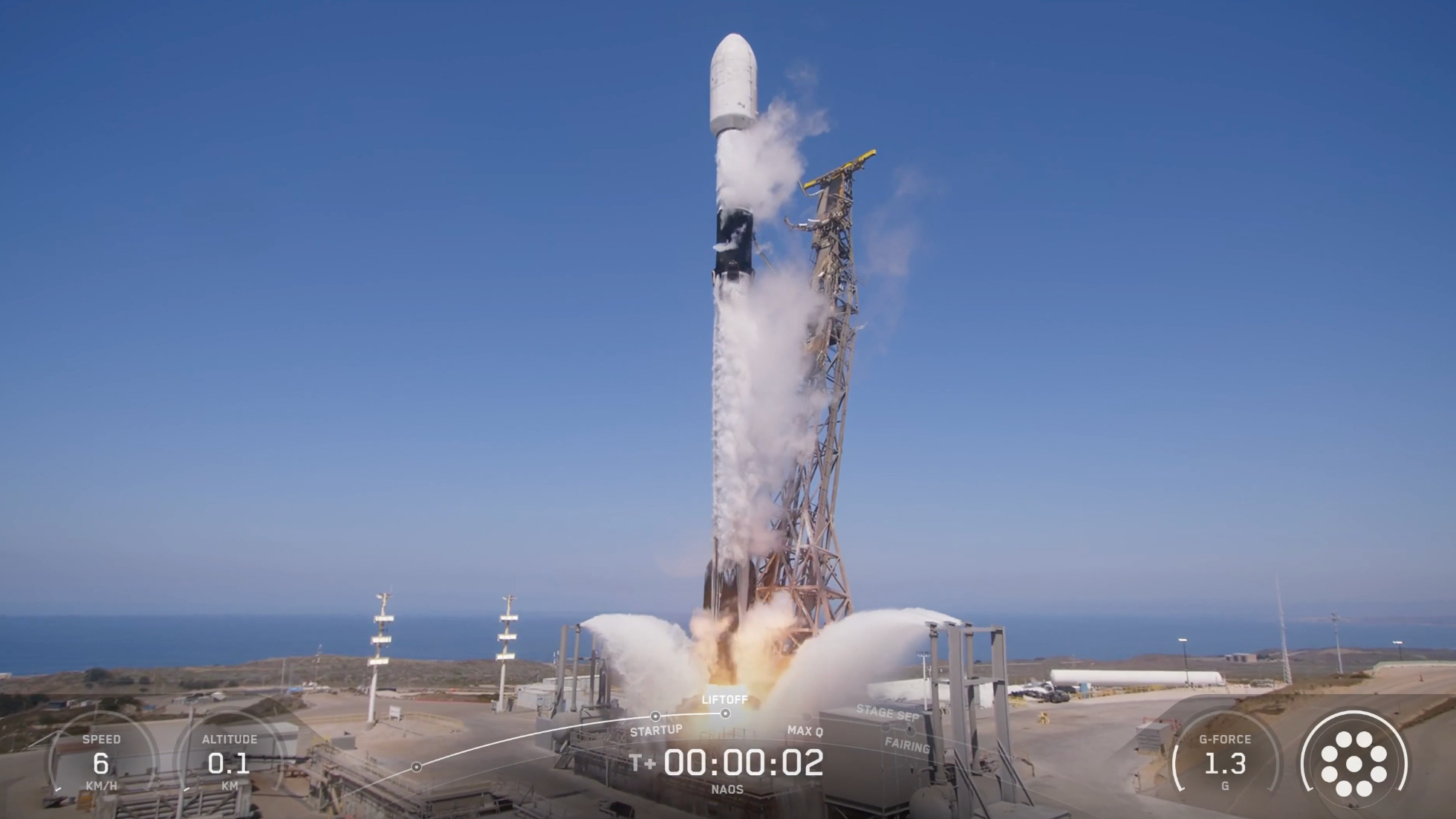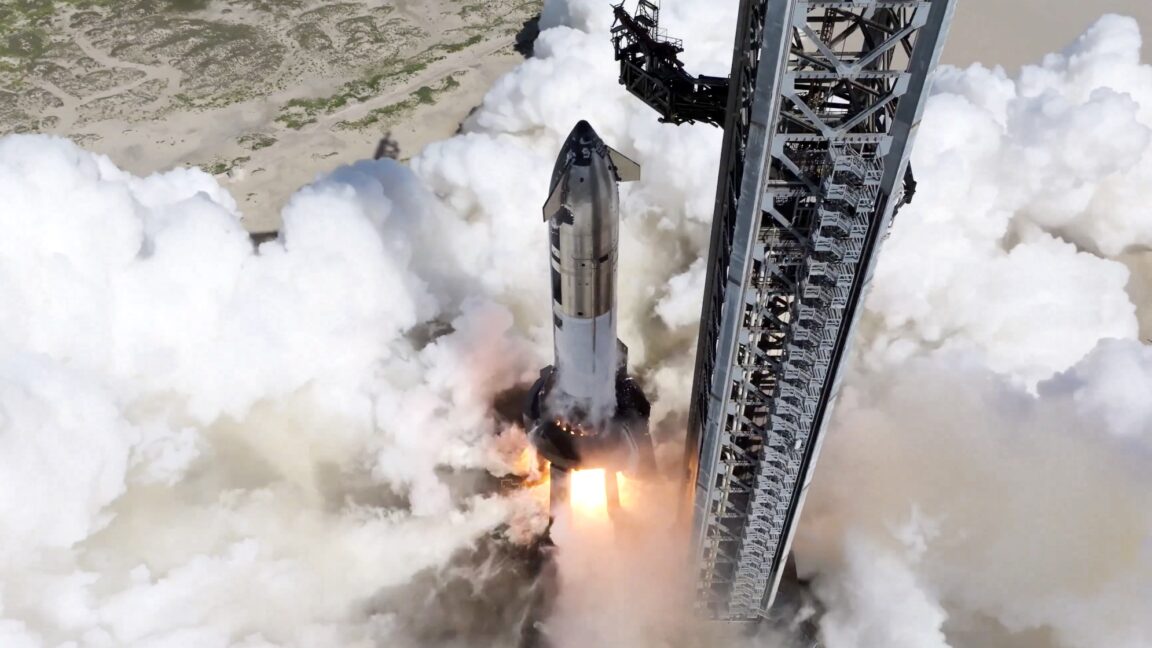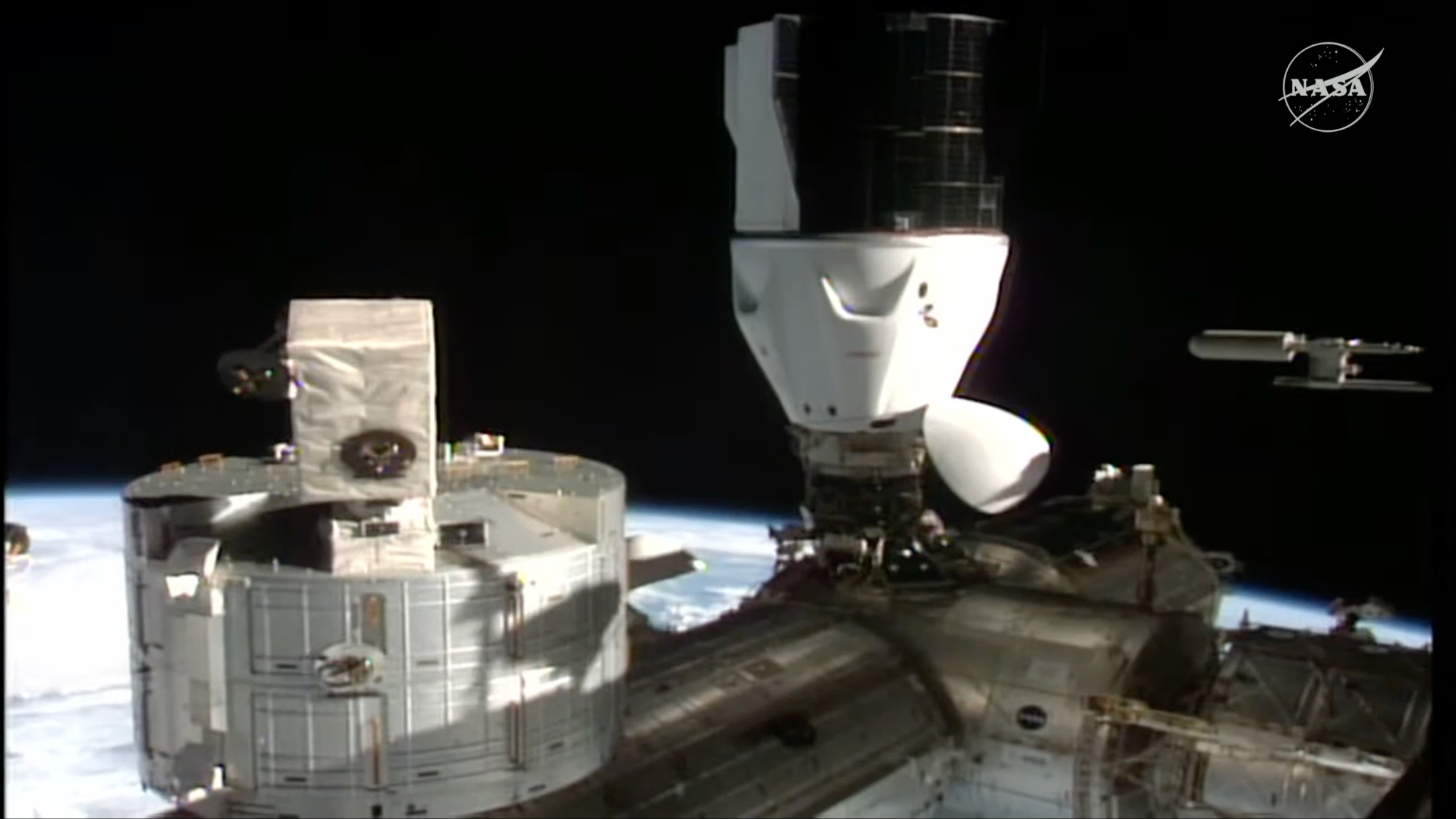SpaceX Makes History with Successful Starship Test
#spacex #starship #satellites #technology #space exploration

Introduction
SpaceX's Starship rocket successfully deployed satellites in space during its latest test, marking a significant achievement for the company after a year of challenges and setbacks. The test, which was conducted in partnership with NASA, demonstrated the rocket's capabilities in delivering payloads to orbit and returning to Earth.
Key Details
The Starship rocket, which was designed to be reusable, launched from the company's test site in Texas and reached an altitude of approximately 200 kilometers. The test also included a controlled descent and landing, with the rocket successfully returning to Earth after deploying the satellites. This milestone is a major step towards the company's goal of providing cost-effective and reliable access to space.
Impact
The successful deployment of satellites by the Starship rocket has significant implications for the future of space exploration. With the ability to deliver payloads to orbit and return to Earth, SpaceX is paving the way for more efficient and cost-effective space missions. This achievement also highlights the company's commitment to pushing the boundaries of technology and innovation, setting the stage for even more groundbreaking achievements in the future.
About the Organizations Mentioned
NASA
The National Aeronautics and Space Administration (NASA) is the United States’ premier civil space agency, responsible for the nation’s civilian space program, aeronautics research, and aerospace technology development[1][2]. Headquartered in Washington, D.C., NASA operates ten major field centers across the country and employs nearly 18,000 civil servants, supported by an extensive network of contractors, academic institutions, and international partners[1][2]. Since its establishment in 1958, NASA has revolutionized humanity’s understanding of the cosmos, pioneered technological advancements, and shaped global space policy. ## History and Key Achievements NASA was created in response to the Soviet Union’s 1957 launch of Sputnik, with the goal of ensuring U.S. leadership in space exploration. It succeeded the National Advisory Committee for Aeronautics (NACA) and quickly became the driving force behind iconic programs such as Project Mercury (America’s first human spaceflight program), Project Gemini (which developed techniques for space rendezvous and extravehicular activity), and the Apollo program, which landed astronauts on the Moon between 1969 and 1972[1]. The agency also developed the Space Shuttle, the world’s first reusable spacecraft, and built the International Space Station (ISS), a symbol of international collaboration and scientific research[1][5]. NASA’s robotic exploration has been equally transformative, with over 1,000 uncrewed missions investigating Earth, the Moon, Mars, and beyond. The agency’s fleet of observatories—including the Hubble Space Telescope and the James Webb Space Telescope—has provided unprecedented views of the universe, from the birth of stars to the detection of exoplanets[1]. The Perseverance rover is currently searching for signs of ancient life on Mars, while New Horizons explored Pluto and the outer solar system[1]. ## Current Status and Notable Aspects Today, NASA is advancing the Artemis program, aiming to return human









